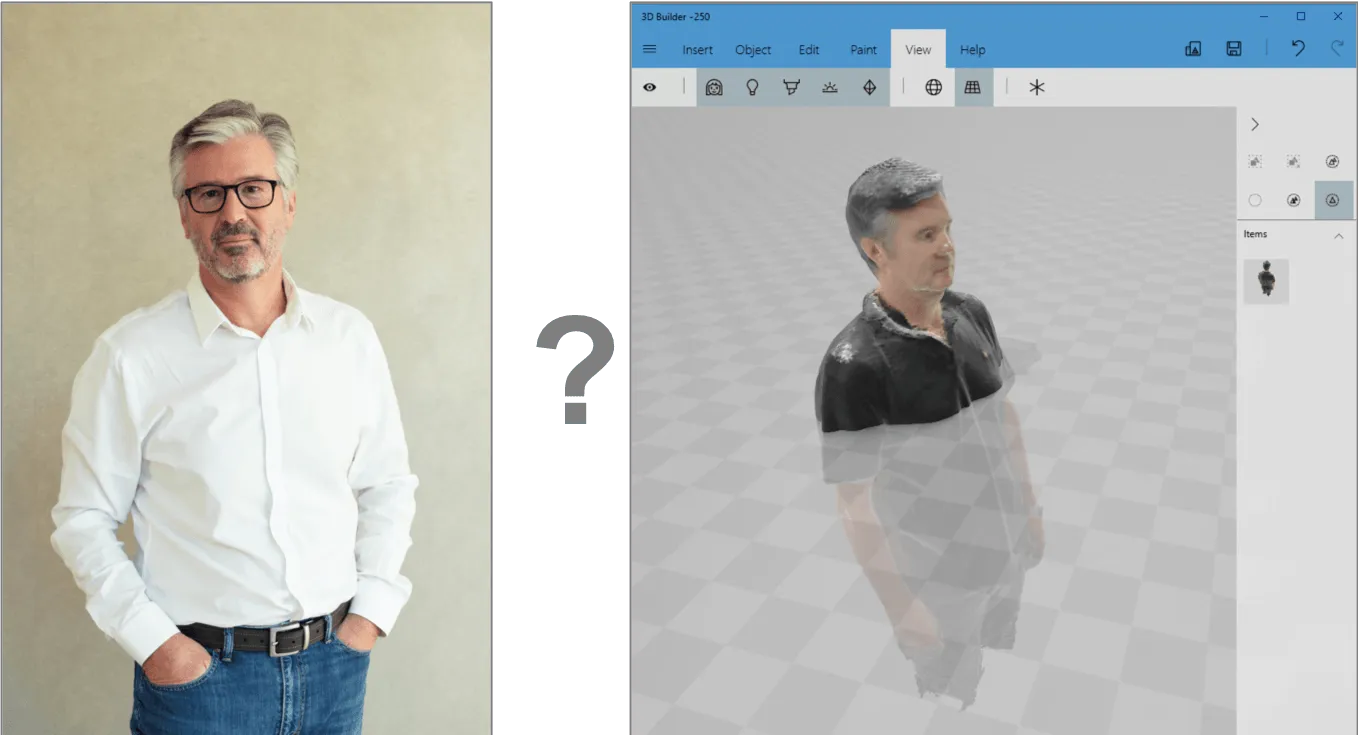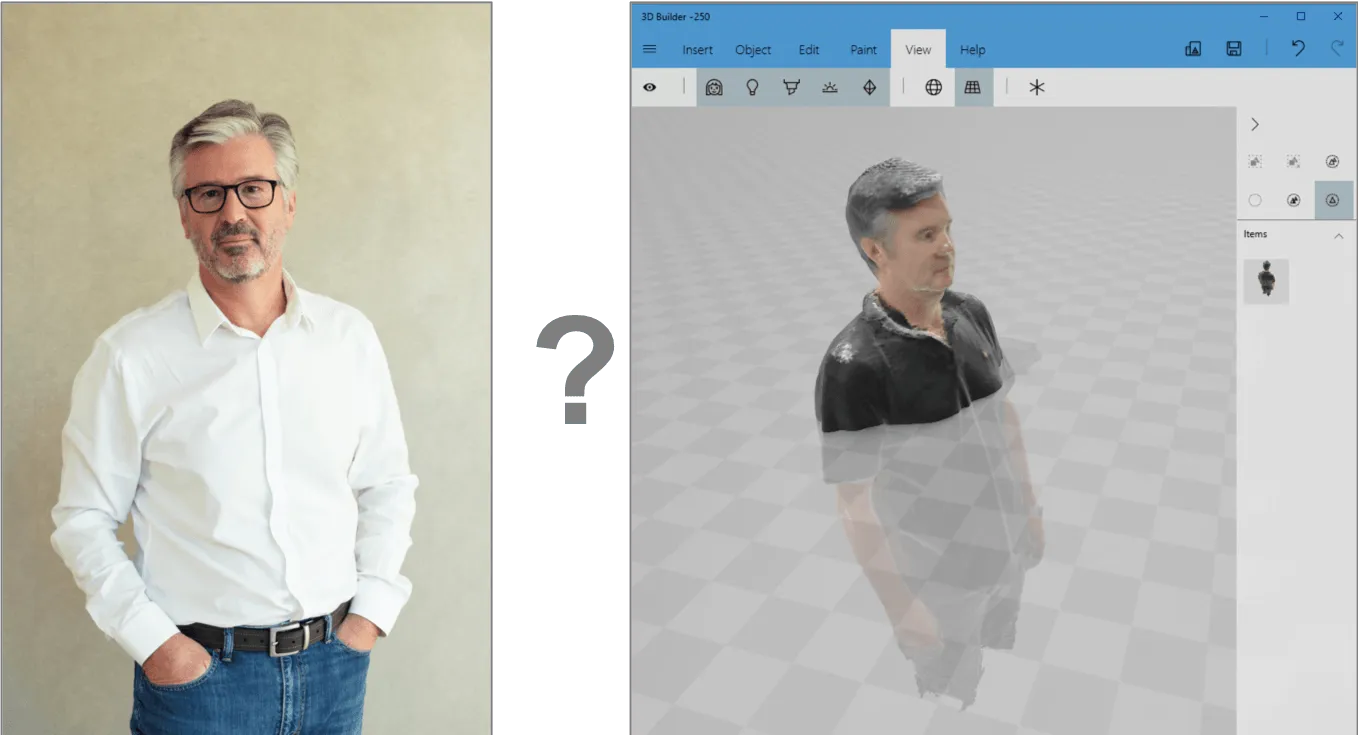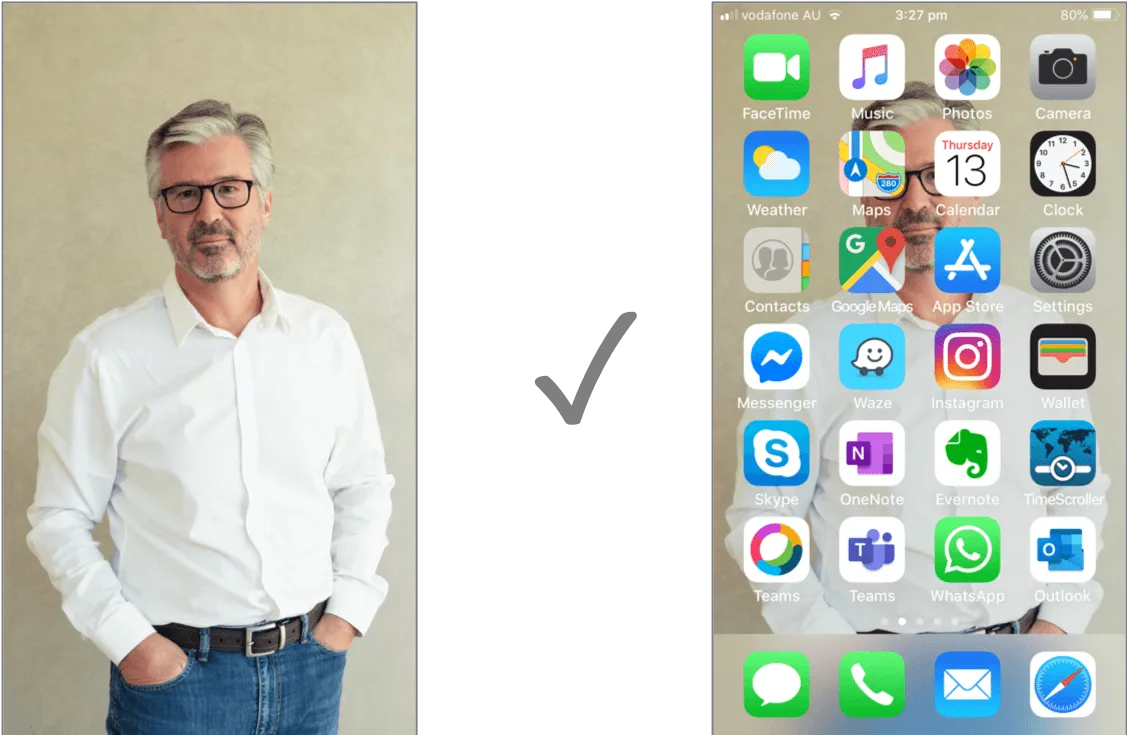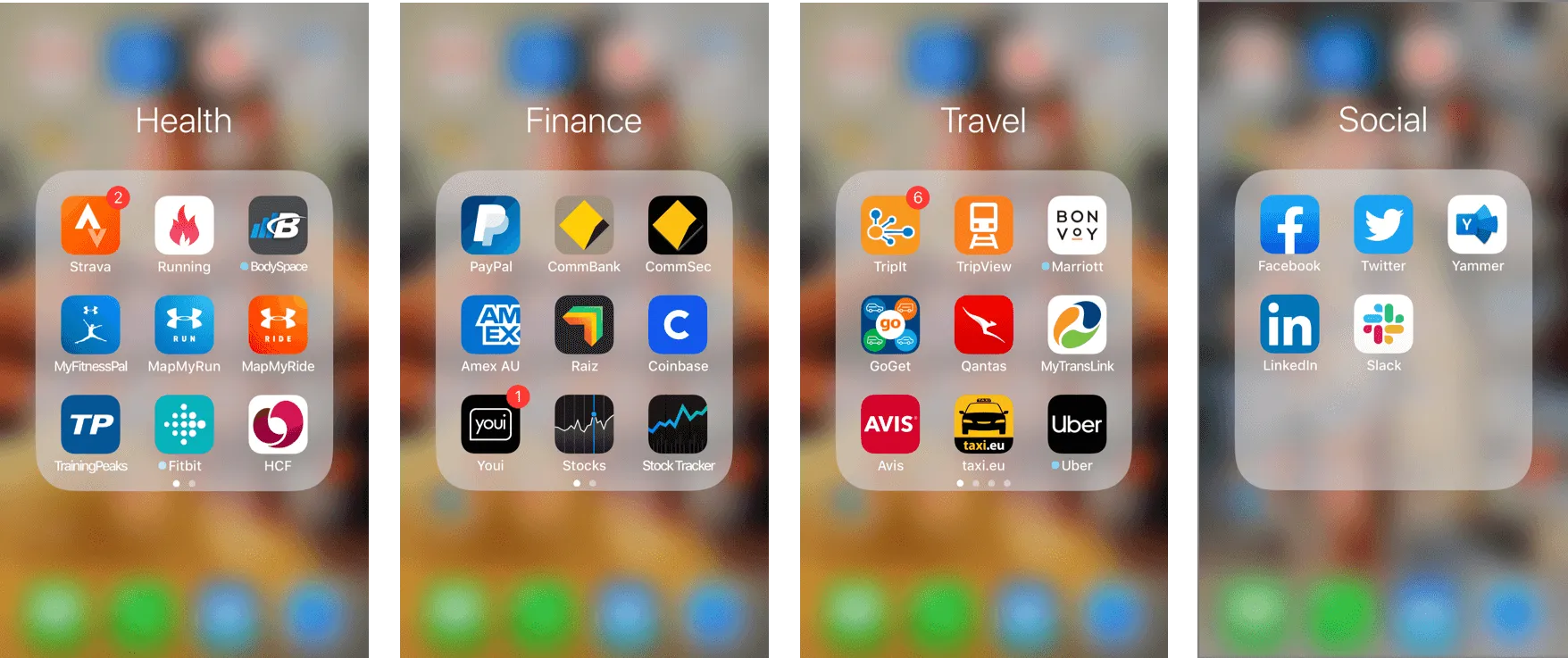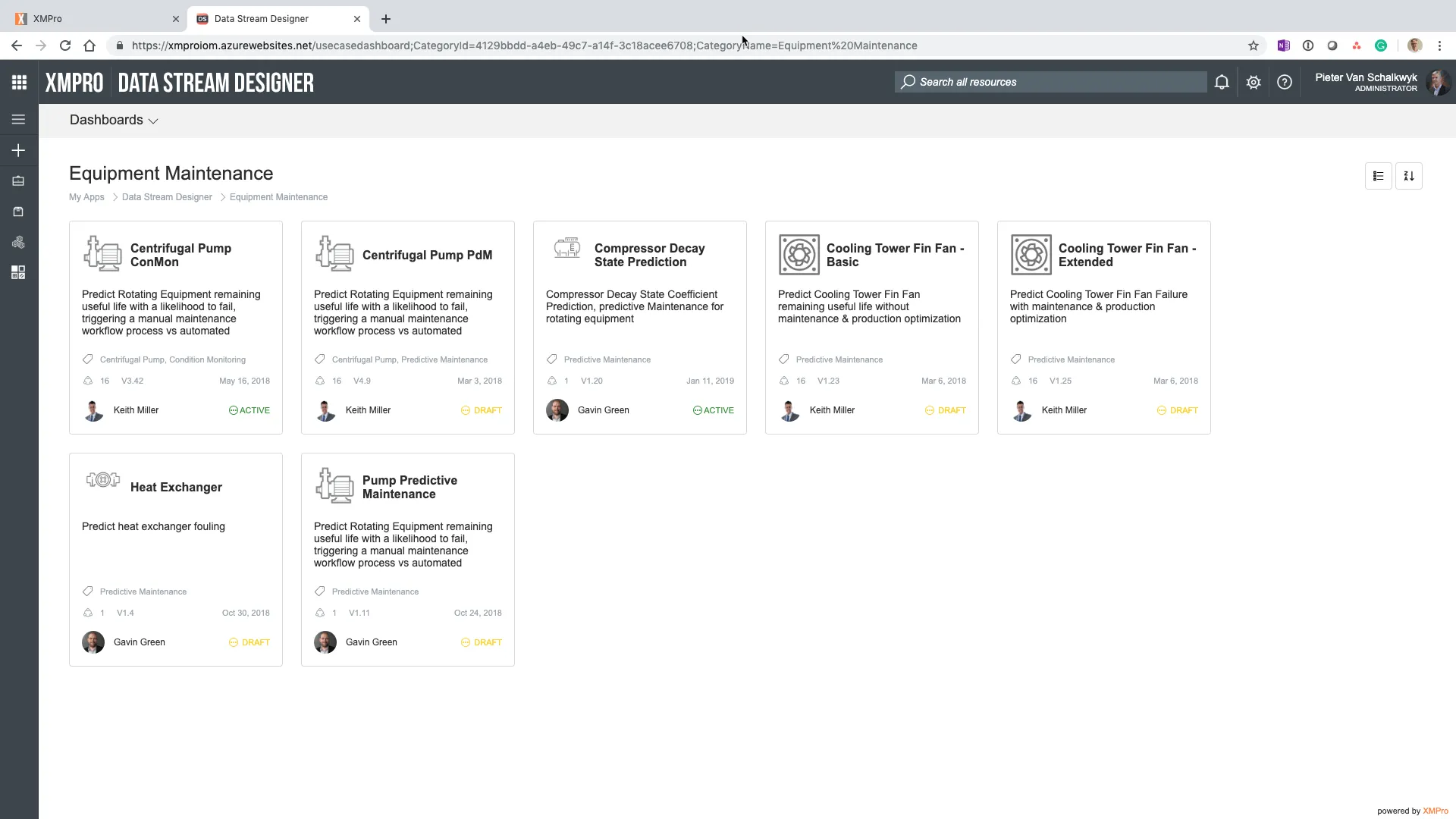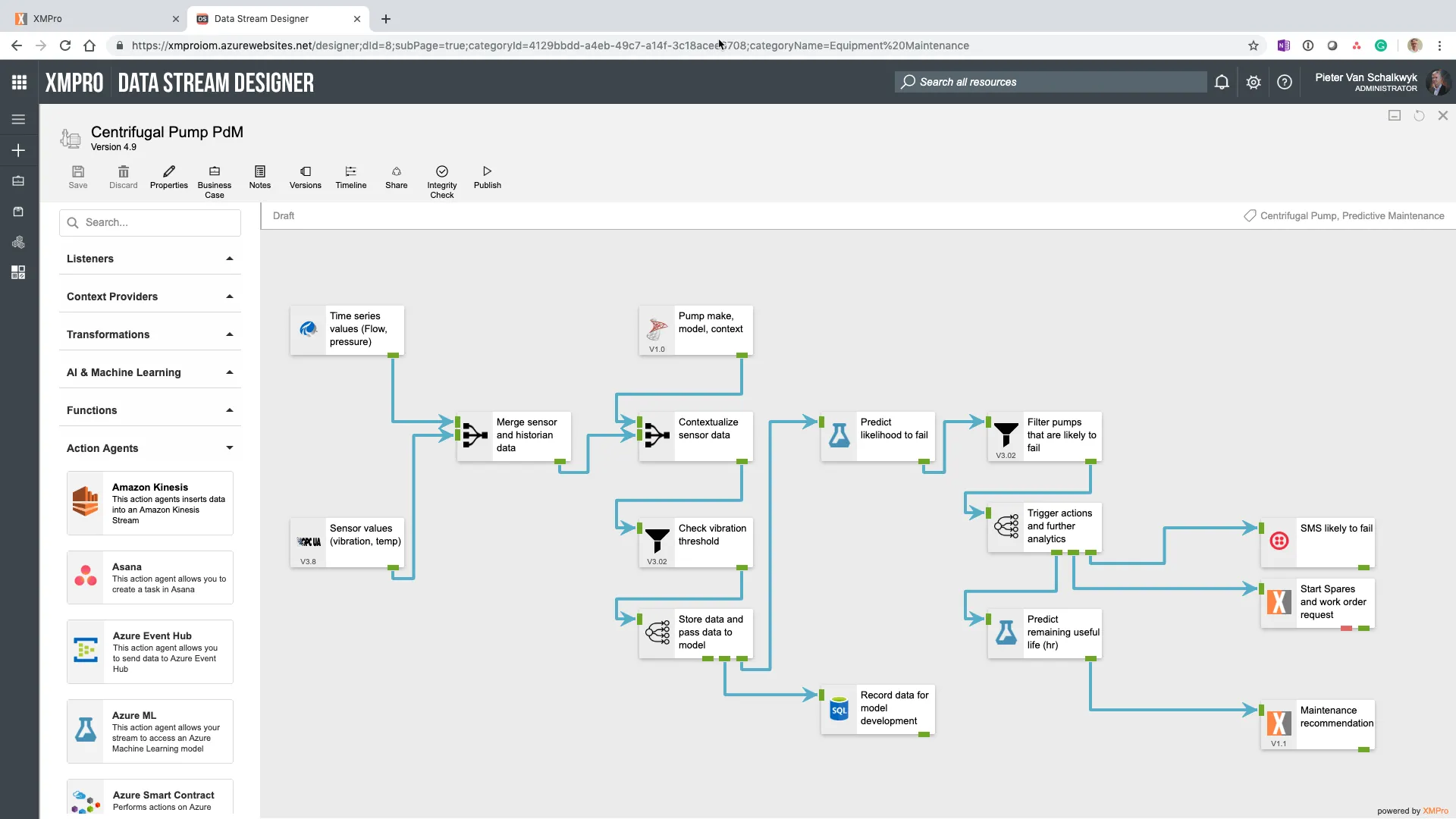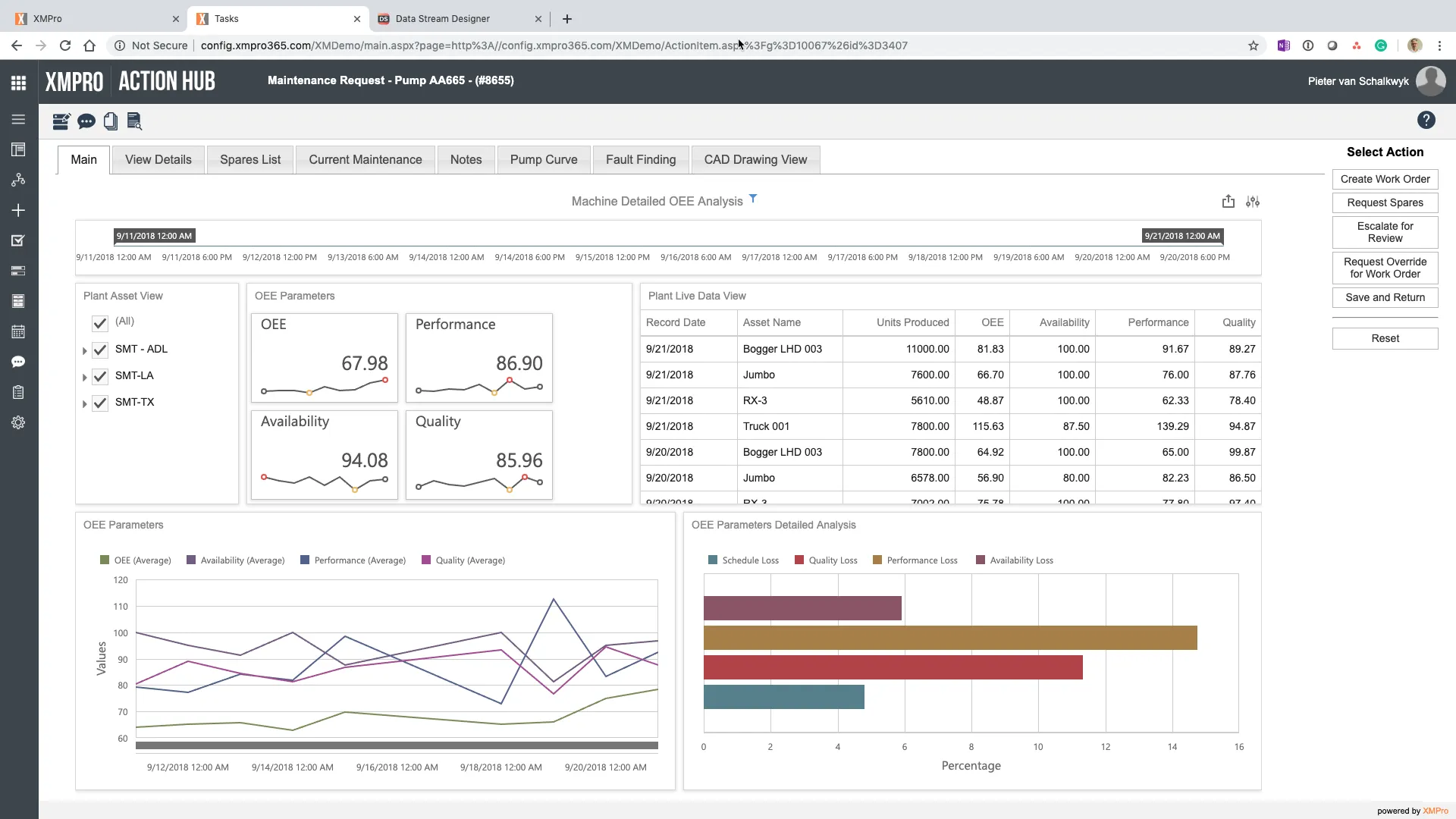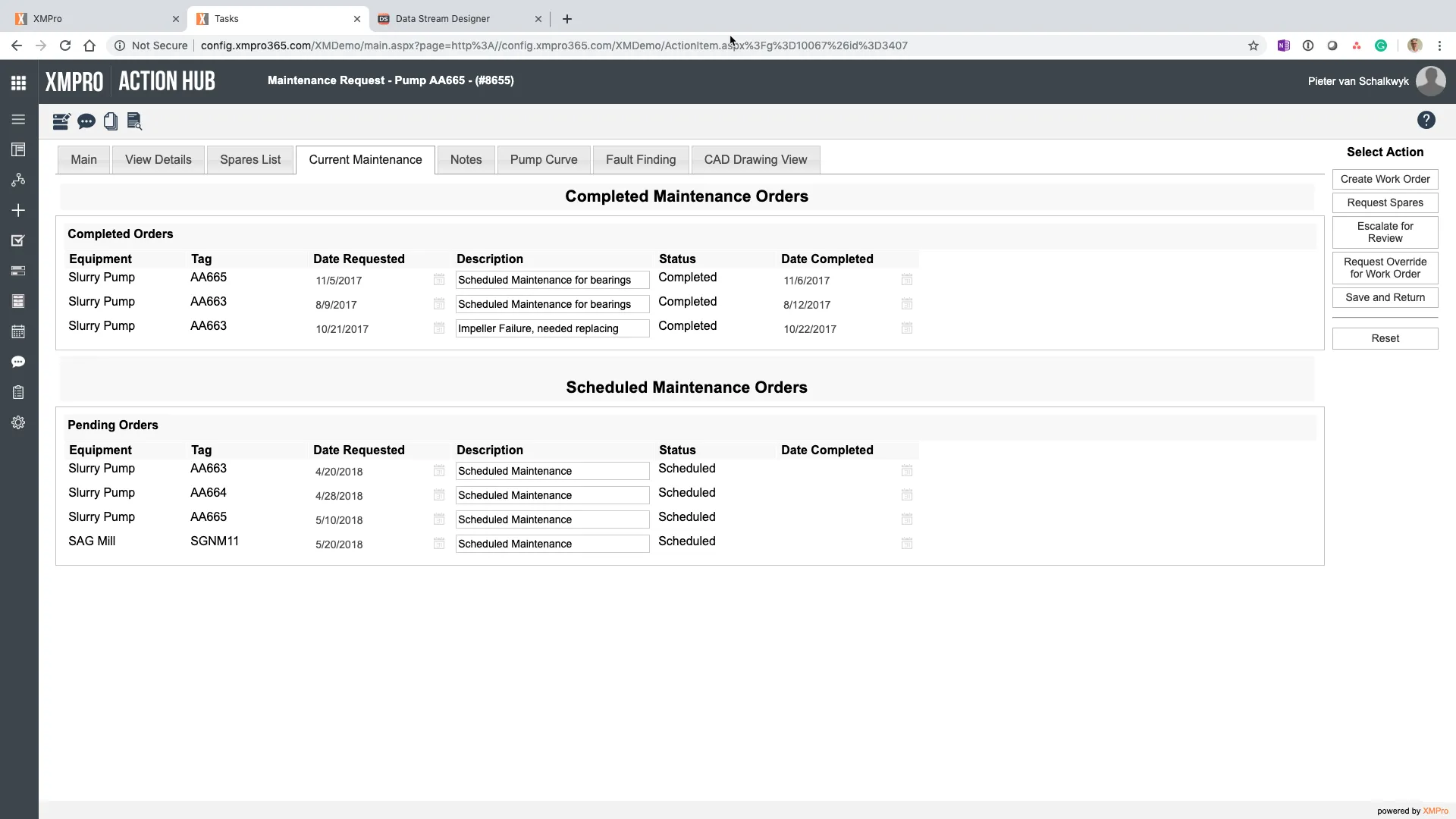Everyone is talking about digital twins.
But I find so many different definitions that I thought I’d use myself as an example and explain how digital twin applications for real-time operations can help organizations improve asset performance and help find those unexpected events that typically increase risk and cost.
Is This My Digital Twin?
A couple of years ago at a Microsoft Inspire event, they had a great setup where you could stand on a rotating disc surrounded by kinetic cameras. As the disc spun, it would take a 3D image of you. Now I have a 3D model of myself, which I could potentially use for several different use cases. I could print a 3D model of myself. I could fit some clothes on the 3D model and see what brands would suit me or how different colors would look.
Or Is My Smartphone My Digital Twin?
Looking at how digital twins have evolved over the last couple of years, I concluded that my smartphone is probably a better representation of my digital twin than the 3D model. If you look at the history of digital twins, it typically started as 3D or CAD-based models where we tried to create a visual representation or digital representation of a physical object.
As digital twins are evolving, we’re starting to see that it’s more than just a 3D model. It encapsulates a lot of the things that I do. It knows a lot about me in many different areas, and the smartphone is an excellent example of this.
Several applications on my phone know quite a lot about me. If you look at the photos, my phone knows where I’ve been, what people I’ve been in contact with, and who my family is. If it looks at Google Maps data, it will know where I’ve traveled. Likewise, with Instagram or Skype, it’ll know my conversations. Well, hopefully, it doesn’t know all the detail of the conversation, but it’s a bit creepy that when I get in my car, it even knows where I’m going. Google tells me you’re heading here, and it’ll take you this long to drive there. In terms of the predictive capability of digital twins, it shows the future of where things are going.
My phone knows a lot more about me than anyone else, including my wife and close family.
The Past, Present and Possibly the Future
Let’s look at a couple of examples around my health. There are many different health apps, and each one has different sets of data that it collects either real-time or when I’m using that specific app.
Likewise, with finances, it knows everything about my investments and banking. It knows my bank account, what I’m spending on my credit card and my stock investments.
In terms of my travel, it knows where I’ve been and which trips I have planned.
If you’re looking at the phone as a repository or as a single front end, it’s not one database with all the information. Each app has its own data source, analytics, and use case. It’s all accessible from one single user interface, and it’s got the best representation of knowing who I’m talking to socially, where I’ve been, what my financial state is, and also what my health is.
If I look at health in a little bit more detail, for example, the Apple Health app. It will show you your current performance in terms of activity, health records, etc. There could be different places where all this data comes from, but this is the single place where I can see that data. The Apple Health app is the best digital representation of my health. It knows more about my health than anyone else in one single area.
Use Case: Triathlon Heart Rate Training
I’m an aspiring triathlete, and I use Strava to track my training. One of the things I do is modify my workouts to keep my heart rate at a certain level. That’s real-time monitoring and information that I need to know. This digital twin shows me where I’ve been. It gives me the historical data for a specific activity. I can also see my data in real time. I can even have it on a different user interface like an Apple Watch where I can actually interact with it as I’m doing my exercise.
The other use case for the same information is for my family. When I’m at a race, my family can monitor me in real time without looking at the physical me. They look at my twin or proxy on the Internet. It uses the same sensors that feed the different UIs through the same APIs. Each app doesn’t have to have its own sensor data. Many different applications use the GPS on my phone, but it’s the same GPS location. The same goes for any of the other sensors in the phone.
What Happens When I Buy a New Garmin?
The other interesting thing with this is that I can swap out the underlying sensing equipment. I can change my Fitbit or Garmin or have a new model of the latest gadget with sensor-based technology that I use to collect this data, and it doesn’t even blip on the app. The app doesn’t even know, because it’s just collecting the data through a standard integration user interface. If I swap out the underlying data source, the application and what I use this for, in this example, my heart rate training, it does not even know that I’ve swapped out the underlying equipment.
My smartphone is the best representation of me from a digital twin perspective. Again, it knows everything about me in terms of my physical health, financial health, my social life, who I know, what conversations I’m in, and who I’m connected to.
Digital Twin for My Factory, Plant or Mine: How Is This Different?
If we look at our factory, plant or mine, how is this different than having my smartphone as the place that serves all the applications? Well, it isn’t actually different.
With XMPro, you can build real-time applications that each serve a specific use case. For equipment maintenance, your apps would be similar to what you have on your personal health app.
You can create a centrifugal pump condition monitoring or predictive maintenance app. The apps serve different purposes, but they can use the same underlying data source.
How to Set This Up Inside XMPro
You can use XMPro’s visual designer to create a data stream to wire up your digital twin from different data sources. In this instance, it’s getting data from OSIsoft and OPC UA, going through some logic and applying analytics. The Google Maps app on my phone does the same when it predicts where I’m heading. In this instance, we’re predicting that a particular piece of equipment is going to fail, and then we are creating work orders, sending our recommendation and putting it on a dashboard for you to see.
I can swap out the OPC UA or OSIsoft data source with a different data source, and it wouldn’t change what I see at the end.
You can publish your data to a dashboard similar to what you’ve seen on Strava. XMPro dashboards can have historical data and real-time status. The historical elements could be looking at historical records, similar to what you’ve seen on the health app. Having this digital twin application means I don’t have to go out to the physical asset for an inspection because I can look at the asset health in my app.
I can show other information from systems like from SAP EAM or IBM Maximo. I can see the current maintenance we’ve got planned and what we did recently. You can bring in transactional information like you would with health records on your phone.
Conclusion
The goal is not to build one mega digital twin. The digital twin actually connects to the data that sits in different places. It’s not replacing it. It’s also not replicating it. It is merely showing it to you in the context of the application that you are trying to use it in.
There’s no difference between how I use my smartphone and how you can set up digital twin applications to manage your operations in real-time.
Click here to learn more about industrial digital twins for real-time operations. Or send an email to info@xmpro.com if you would like to find out how we can help you get started.
